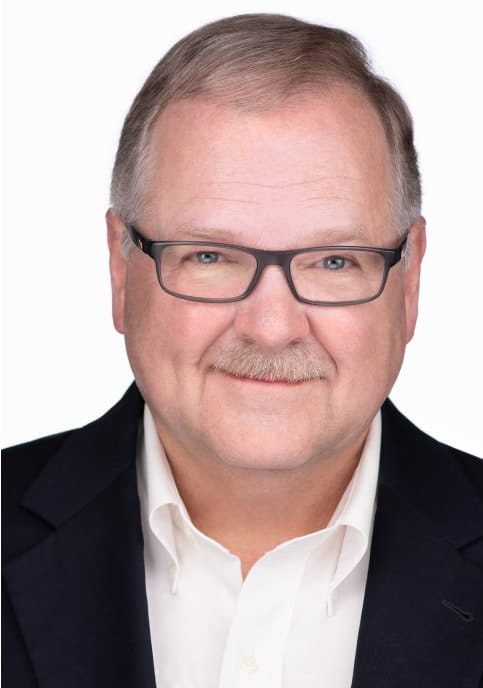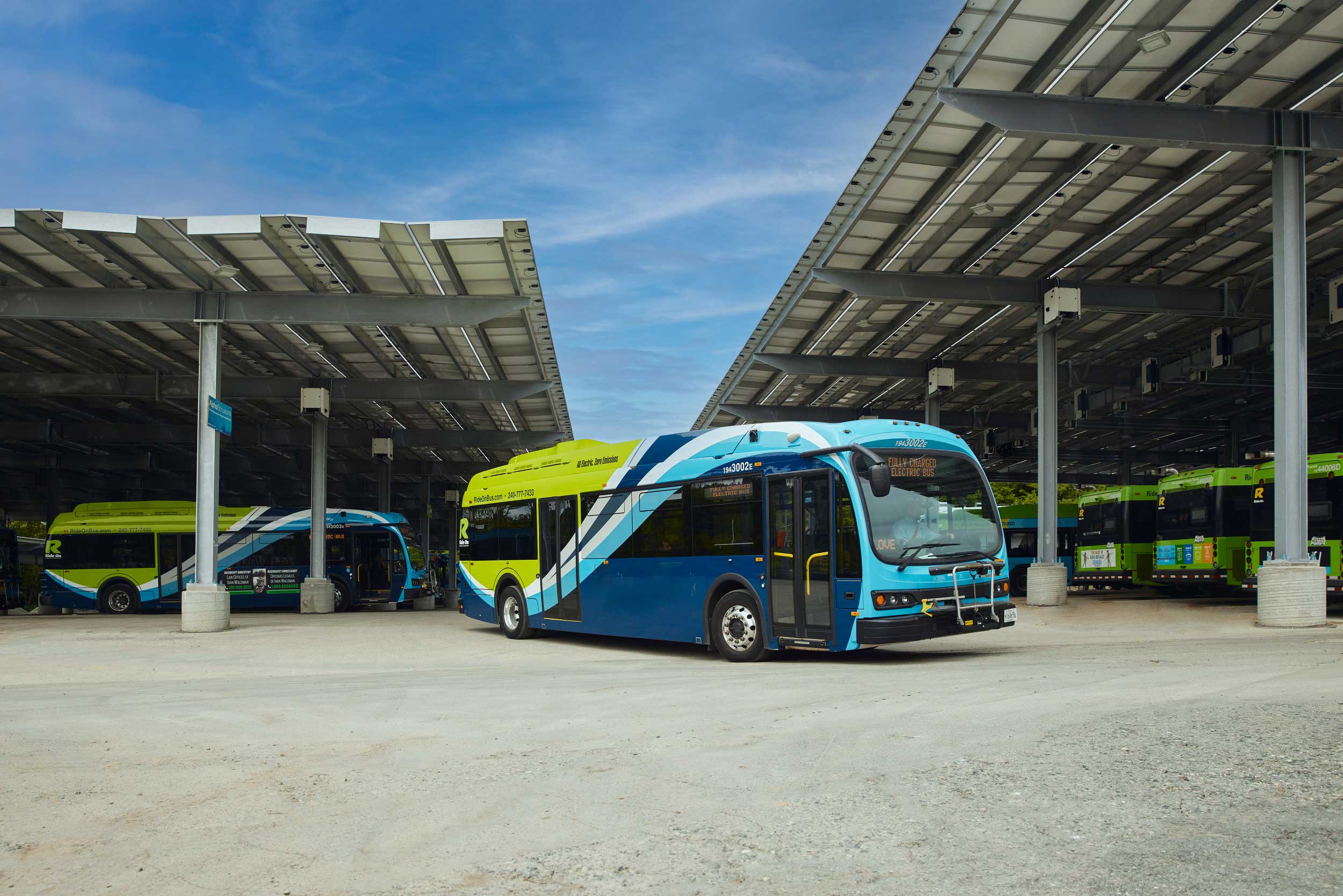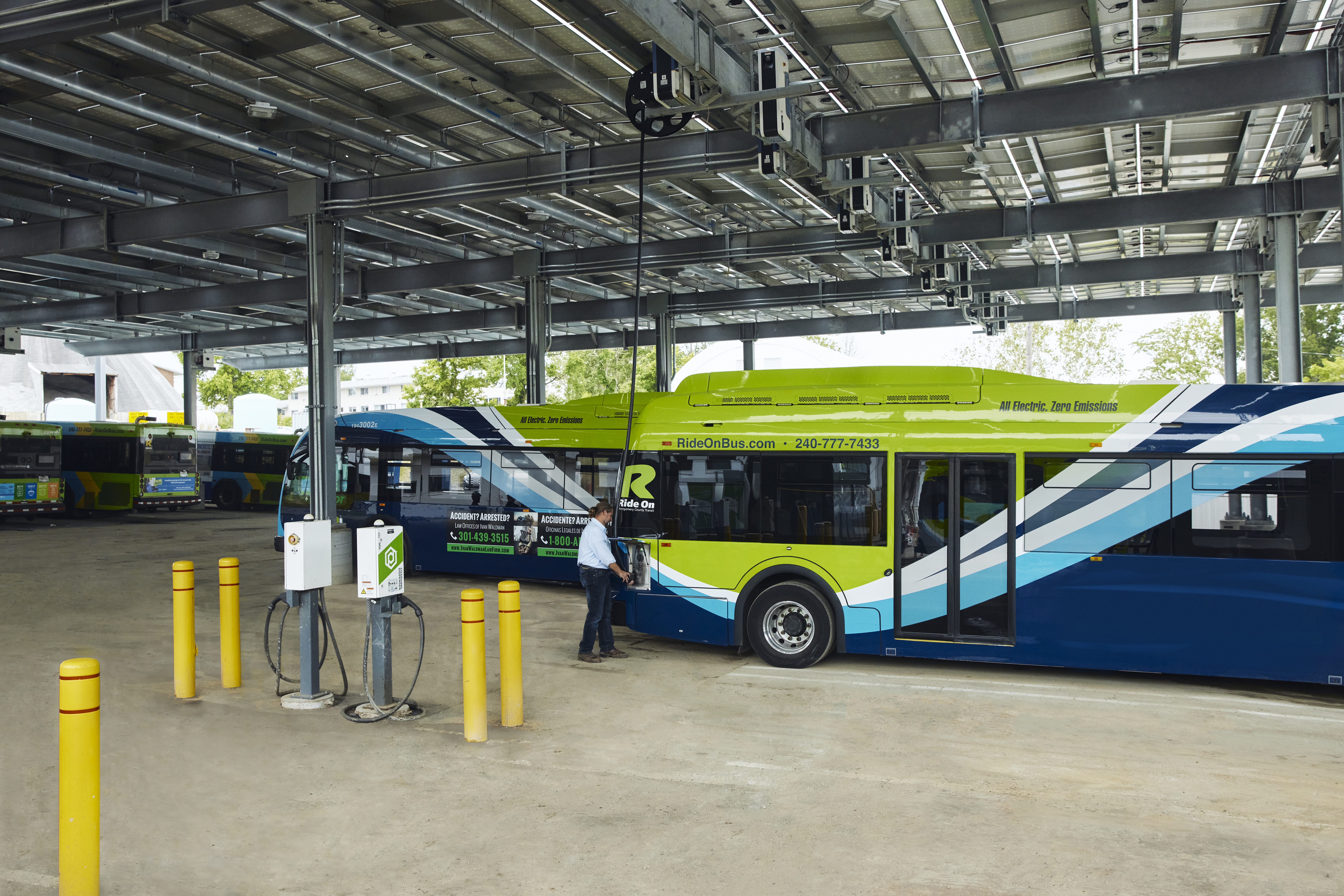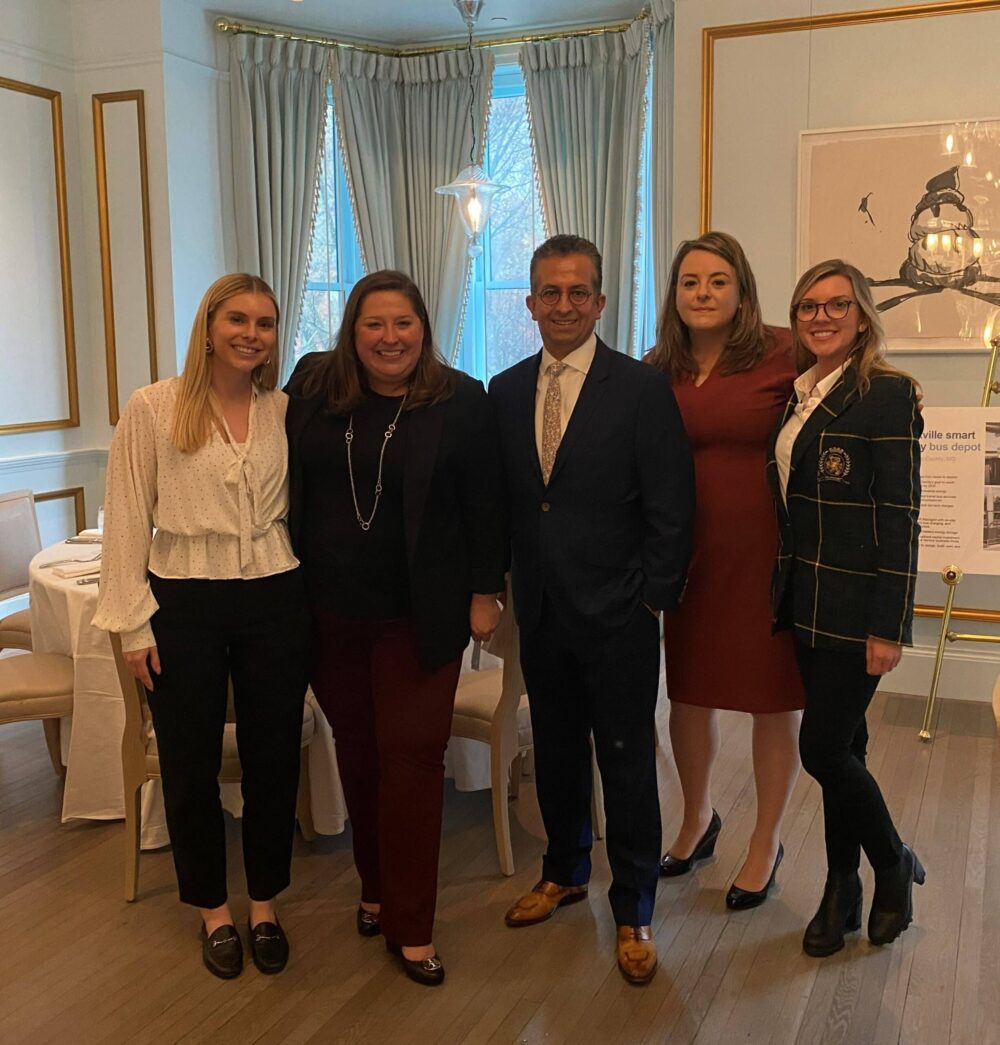From the Brookville announcement and other articles, it is obvious that the approach to electrification of transportation, especially heavy-duty transit, has a new option.
- First of a kind energy as a service (EaaS) for fleet electric infrastructure
- Sustainable plus resilient power
- Electrification backed by expanded renewables
What might not be as obvious are the other nuanced benefits and outcomes that really talk to the game-changing nature of this mixed solution.
- Reliability under-played but under-scored. While the right focus is on sustainability and resilience, reliability has an unsung role in creating value. Business continuity (operations) is challenged by momentary outages (generally < 5 minutes). In the US, there are 4 times as many momentary outages as the sustained grid outages we read about in the news. Power quality issues are 28 times more prevalent than the sustained grid outages. Such disturbances can be as disruptive to an operation as an outage because it can require a long recovery regardless of how short the interruption. In an electric transit or last-mile delivery situation, momentary interruptions of power or power quality can affect planning and transit schedules. The AlphaStruxure-designed microgrid-enabled e-vehicle charging infrastructure makes the continuity of bus service independent of grid disturbances, short or long.
- Flexibility of scaling. Owners and operators of e-Bus fleets and last-mile delivery e-Truck fleets don’t really know how they will roll out these fleets. There are numerous uncertainties that are modeled but not really known. What is the total capital requirement and how will this affect the speed of the roll out of these e-Buses or e-Trucks? Due to range differences and maintenance schedules, will each depot or distribution center need more or less e-buses or e-trucks than the existing fossil fuel fleet? Will the lifecycle of these e-buses and e-trucks require more or less maintenance? The AlphaStruxure-designed microgrid-enabled e-vehicle charging infrastructure provides modularity to quickly and seamlessly flex with the fleet roll out needs, even when plans change.
- Flexibility to change e-bus schedules and use cases as the knowledge base grows. As above, routes and schedules will change as the characteristics of the e-buses or e-trucks are incorporated and optimized for the total service requirement. As more is learned over time and better routes and schedules are found as these electric assets are used, roll out of larger fleets can learn from this knowledge. The AlphaStruxure-designed microgrid-enabled e-vehicle charging infrastructure provides flexibility to allow this learning to be incorporated by the transit agency or last mile delivery company without incurring stranded costs of first decisions that were not as well based in actual data.
- Flexibility of cost and carbon optimization. There is a relationship between Capital cost, Operating cost, and Greenhouse Gas (GHG) reduction goals. It is a huge advantage to the transit agency or last-mile delivery company to balance their approach to the GHG reduction goals over time with Capital and Operating costs. The transition to an electric fleet is a marathon not a sprint. The AlphaStruxure-designed microgrid-enabled e-vehicle charging infrastructure offers the customer the opportunity to ramp their approach to net zero carbon (or beyond) in a planned fashion that considers the changing costs of green fuels.
- Beyond net zero carbon. Most believe that net zero carbon is the minimum – the lowest achievable. It is not. Some sources for energy systems or heavy-duty vehicles have a negative Carbon Intensity score. Judicious use can lead to reducing Scope 1 and Scope 2 emissions below zero, thus offsetting other GHG emissions in supply chains, Scope 3 emissions. The AlphaStruxure-designed microgrid-enabled e-vehicle charging infrastructure makes waste-derived fuels with negative Carbon Intensity scores in reach of the transit agency or last-mile delivery company as they consider a balance between electric vehicles, green hydrogen vehicles, and CNG vehicles operating on renewable natural gas. The way beyond net zero…truly a flexibility beyond electric that comes with a microgrid platform.





